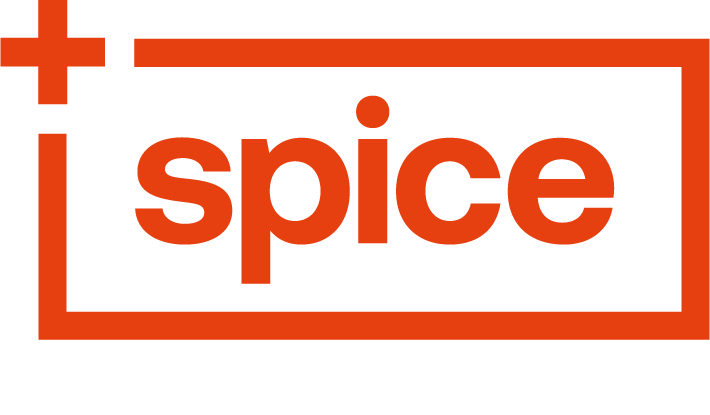Is Learning Part of Your Company Culture?
Have you ever wondered what the Spice Girls would be like now if they had stayed together? We sure have! Sadly, we can only imagine the incredible tunes they might have produced if they had been allowed to grow and evolve within the group instead of being trapped in their predetermined ‘roles’. Today’s workforce is much like Posh, Ginger, Sporty, Scary, and Baby: they need to be in an environment where their learning and development opportunities are supported.
If denied that learning culture, they will quickly move on.
So, what can you do about it? How can you create a strong learning culture in your company?
Let’s explore what a training and development culture looks like, and why it’s so vital.
Is Learning Part of Your Company Culture?
What Does A Learning Culture Look Like?
Because every business is different, there’s no one-size-fits-all prescription for a learning culture. Each business should create development and training opportunities that fit into the values and culture that already exists.
However, there are commonalities.
Training and development is not merely a “ticking the boxes” kind of activity. It’s a strategy that encompasses all the ways your people share, support, and learn together, both on individual and collective levels.
It’s about connecting the dots and understanding that individual learning is the foundation for collective success.
Opportunities Are Everywhere
Traditionally, training meant sending your staff to lengthy courses and trying to cover their time out of the office. Now, development opportunities can take place both inside and outside the workplace.
The standard 70:20:10 model suggests that a mere 10 percent of learning occurs at formal training sessions, 20 percent from informal studying, and a whopping 70 percent is on the job development.
Online courses are extremely popular, but less structured opportunities to learn, such as YouTube videos or TED talks, can be equally effective. Find the tools and resources to fit your team.
People Enablement Is Where It’s At
The concept of people enablement was trending a few years ago and is still growing in popularity.
Rather than a static progression along a pre-defined pathway, organisations are focusing on a learning culture that allows employees to gain valuable experience, explore new skillsets, and reinvent themselves.
Training opportunities could look different for each team member, depending on their skillset, progression ambitions and availability.
Integrate Development Plans
Performance and development go hand in hand, so development plans should be part of your toolkit. Employee reviews and catchups should have a heavy focus on growth and development. They should be created as a two-way discussion with employees, where you both identify the support and tools needed for success.
It’s a great opportunity to speak with each team member about the areas they want to improve in and how the business can enable them to skill up.
The Delicious Side Effects of A Culture Of Learning
Providing development opportunities to your team drives employee engagement and strengthens your culture. The benefits are numerous and include:
Employee Retention
The modern workforce, particularly Millennials and Gen Z, highly value learning and development. If they can see opportunities to upskill within an organisation with a robust, built-in learning culture, they are likely to be fulfilled and won’t need to seek opportunities elsewhere.
In fact, 93 percent of employees say they will remain at an organisation that invests in their development and training. Not only will you retain your best employees, but you will also save money by reducing employee turnover.
Recruitment
To attract top talent, your organisation needs to become an employer of choice. Having a successful culture of learning builds your brand and makes you more attractive to skilled employees. This reputation will generate a better quality of candidate.
Improved Performance
At the most basic level, training helps people perform their tasks efficiently. Enhanced efficiency equals enhanced productivity. But beyond this, there are other tangible benefits, such as increased confidence, innovation, and creativity, a problem-solving mindset, and improved morale.
People development initiatives are just one piece of the puzzle in building an engaged, exciting, and high performing team. Your employees are your biggest asset, so it makes perfect sense that an investment in their knowledge and skills is an investment in your organisation, too.
Don’t let your team drift apart to make their own opportunities like the Spice Girls did… provide them with opportunities to grow, learn, and experiment, and you’ll stay strong for years to come!
If you would like to discuss how this could look in your business, then get in touch with us here at Spice HR. We can help you create a people and culture development program that will make your company an enviable place to work! Drop us a line today.

